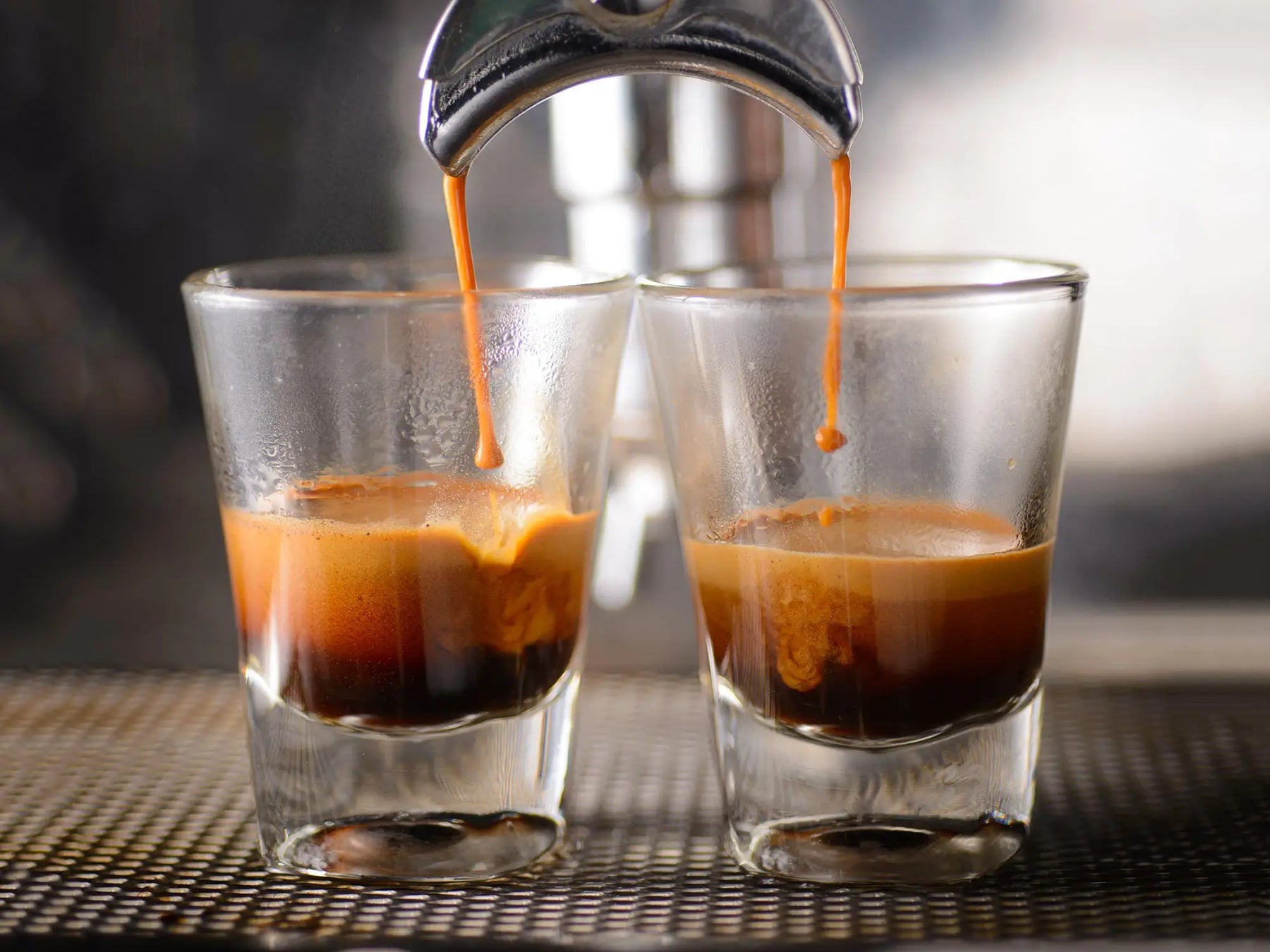
The Science of Extraction Time with Espresso: Perfecting the Art
For coffee aficionados, a perfectly brewed espresso is the epitome of coffee excellence. Achieving that balance of rich flavors, aromatic nuances, and the signature crema depends on a myriad of factors, and one of the most crucial variables is extraction time. In this blog, we'll delve into the science of extraction time with espresso, exploring how this key parameter affects the taste, aroma, and overall quality of your favorite espresso shot.
Understanding Espresso Extraction
Before we dive into extraction time, let's establish what espresso extraction is. Espresso is brewed by passing hot pressurized water through finely ground coffee beans, extracting the flavors, oils, and solubles from the coffee grounds into a concentrated liquid. The extraction process is influenced by several factors, including grind size, water temperature, pressure, and, of course, extraction time.
Extraction Time: The Basics
Extraction time, in the context of espresso, refers to the duration it takes for water to flow through the coffee puck, from the moment it first contacts the grounds to the moment it exits the coffee basket and into your cup. Typically, this time is measured in seconds.
The Goldilocks Principle: Not Too Short, Not Too Long
Achieving the perfect espresso shot involves finding the sweet spot for extraction time. Extraction time can be broadly categorized into three ranges: under-extraction, ideal extraction, and over-extraction.
-
Under-extraction: This occurs when the extraction time is too short, typically under 20 seconds. In this scenario, not enough of the coffee solids, flavors, and aromatic compounds are extracted, resulting in an underwhelming, sour, and weak shot. Under-extracted espresso often lacks body and depth.
-
Ideal extraction: The sweet spot for espresso extraction is usually between 25 to 35 seconds. During this time, the water extracts a balanced combination of flavors, oils, and solubles from the coffee grounds. This results in a well-rounded, flavorful, and aromatic shot with a desirable crema. Achieving this ideal extraction time is the goal of every barista and coffee enthusiast.
-
Over-extraction: When extraction time exceeds 40 seconds, over-extraction occurs. This leads to an overly bitter, astringent, and unpleasant shot. Over-extracted espresso can taste burnt, as excessive extraction time draws out undesirable compounds and compounds the bitterness.
The Science Behind Extraction Time
To understand the science behind extraction time, it's essential to consider how various compounds in coffee are extracted at different rates during the brewing process.
-
Initial burst: During the first few seconds of extraction, the coffee grounds release volatile compounds responsible for the coffee's aroma. These compounds are highly soluble and contribute to the espresso's fragrant top notes.
-
Solubility curve: As extraction time progresses, the water interacts with the coffee grounds, dissolving various compounds at different rates. The solubility of compounds in coffee follows a curve, with the most soluble compounds extracted early and less soluble compounds being extracted later.
-
Balance of flavors: The ideal extraction time strikes a balance between extracting desirable compounds (e.g., sugars, acids, and aromatic oils) and avoiding over-extraction of undesirable compounds (e.g., bitter polyphenols). This balance is critical for achieving a harmonious, well-rounded flavor profile.
Controlling Extraction Time
Several factors influence extraction time, and precision is crucial for consistency in espresso preparation:
-
Grind size: Finer grounds generally require shorter extraction times, while coarser grounds require longer extraction times. Adjusting the grind size is a primary means of controlling extraction time.
-
Dose and distribution: The amount of coffee used (dose) and how evenly it's distributed in the coffee basket significantly impact extraction time. Consistent dosing and distribution help achieve a uniform flow of water through the coffee puck.
-
Tamping pressure: Tamping compresses the coffee grounds in the portafilter basket. A consistent tamping pressure ensures even water flow through the puck, affecting extraction time.
-
Water temperature and pressure: Proper water temperature (around 195-205°F or 90-96°C) and pressure (typically 9 bars) are essential for controlling extraction time. These factors ensure that water flows through the coffee grounds optimally.
Conclusion
Mastering the science of extraction time is a fundamental step towards brewing exceptional espresso. Understanding the balance between under-extraction and over-extraction, the solubility curve of coffee compounds, and how factors like grind size, dose, and tamping pressure influence extraction time can help you consistently produce espresso shots with the perfect flavor, aroma, and crema. Experimentation and attention to detail are key to finding your espresso's ideal extraction time and perfecting the art of espresso brewing.

 De'Longhi
De'Longhi
 Philips
Philips
 Smeg
Smeg
 Breville
Breville
 Gaggia
Gaggia
 Miele
Miele
 Jura
Jura
 Bezzera
Bezzera
 Rocket
Rocket
 Quick Mill
Quick Mill
 KitchenAid
KitchenAid
 Shop All Brands
Shop All Brands










 Service your Machine
Service your Machine
 Barista Training
Barista Training
 Events
Events
Leave a comment